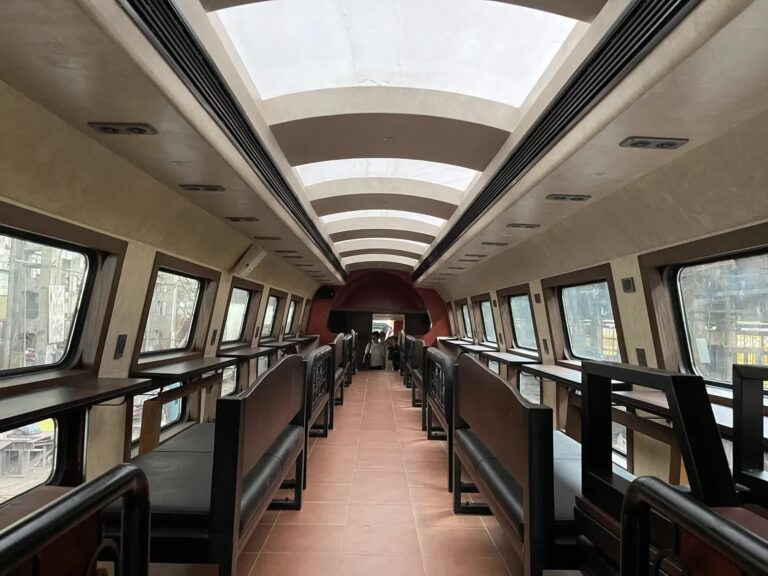Discover the Spiritual Heart of Vietnam: A Guide to Vietnamese Temples
Vietnam, a country known for its breathtaking landscapes and rich culture, is equally celebrated for its spiritual depth. At the heart of this spirituality lie the country’s temples, which serve as sacred sanctuaries, community centers, and architectural masterpieces. Exploring Vietnamese temples not only offers a glimpse into the nation’s religious traditions but also unveils its harmonious way of life. Let’s dive into this fascinating world of Vietnamese temples.


1. The Role of Temples in Vietnamese Spirituality
A Blend of Religions: Buddhism, Taoism, and Confucianism
Vietnamese temples reflect a unique spiritual harmony influenced by Buddhism, Taoism, and Confucianism. These faiths intertwine to shape the philosophies and rituals practiced within these sacred spaces. Visiting a temple often means experiencing a blend of meditative calm, Taoist symbolism, and Confucian respect for learning and tradition.


Temples as Community Centers
More than places of worship, temples in Vietnam are vibrant community hubs. Villages gather here for cultural events, religious ceremonies, and even educational activities. These spaces foster unity and preserve traditions, making them central to Vietnamese life.
🔥 Immerse yourself in the city’s Oldest and Most Beautiful Temple: Tran Quoc Pagoda Hanoi
2. Iconic Temples to Visit in Vietnam
Temple of Literature (Hanoi)
Constructed in 1070, the Temple of Literature is Vietnam’s first national university. With its picturesque courtyards, ancient steles of doctors, and traditional Vietnamese architecture, this temple is a treasure trove for history lovers.


One Pillar Pagoda (Hanoi)
Standing gracefully on a single stone pillar, One Pillar Pagoda is an iconic symbol of purity and enlightenment. Its lotus-inspired design draws visitors seeking serenity amidst Hanoi’s bustling urban life.




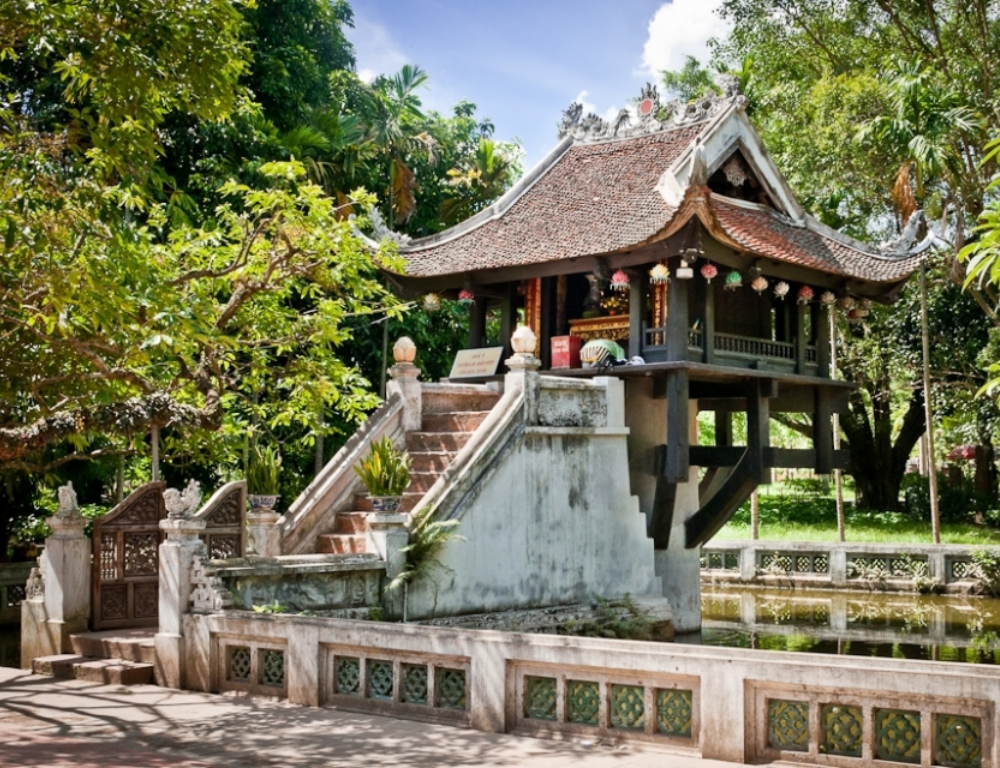

Thien Mu Pagoda (Hue)
Overlooking the serene Perfume River, Thien Mu Pagoda is Vietnam’s oldest pagoda. Its seven-story Phuoc Duyen Tower and tranquil surroundings make it a must-visit for those exploring Hue’s imperial charm.
Jade Emperor Pagoda (Ho Chi Minh City)
This Taoist temple, known for its intricate carvings and rich symbolism, offers an insight into Vietnam’s spiritual diversity. It’s a spiritual oasis in the energetic city of Ho Chi Minh.


Bai Dinh Pagoda (Ninh Binh)
Bai Dinh Pagoda is the largest temple complex in Vietnam. Its grandeur is unmatched, with golden Buddha statues and a panoramic view of Ninh Binh’s limestone karsts.






🔥 Discover the surprising truth about Ho Chi Minh City religious sites!
3. Architectural Marvels of Vietnamese Temples
Symbolic Designs and Layouts
Vietnamese temples are architectural masterpieces, with layouts symbolizing the harmony between heaven, earth, and humanity. Vietnamese pagodas often feature lotus motifs and symmetrical structures that evoke balance.
Intricate Carvings and Statues
From delicate dragons coiling around pillars to serene Buddhas meditating in tranquil postures, the carvings in Vietnamese temples tell stories of faith and artistry.


Connection to Nature
Pagodas are often set in breathtaking locations surrounded by lush forests, serene rivers, or towering mountains, embodying the Vietnamese belief in living harmoniously with nature.
🔥 Discover the surprising truth about Po Nagar Cham Towers!
4. Cultural Significance of Vietnamese Temples
Places of Worship and Meditation
Vietnamese pagodas provide a peaceful environment for prayer and self-reflection. Visitors often light incense sticks and offer prayers, seeking blessings for health, happiness, and prosperity.


Hubs for Traditional Festivals
Festivals like Tet Holiday (Lunar New Year) and Vu Lan (Ghost Festival) transform Vietnamese pagodas into lively centers of celebration. Rituals, offerings, and colorful decorations create a mesmerizing spectacle.
Centers for Community Bonding
In villages, pagodas play a crucial role in fostering the community spirit of Vietnamese. From hosting charity events to organizing cultural festivals, these sacred sites are integral to local life.


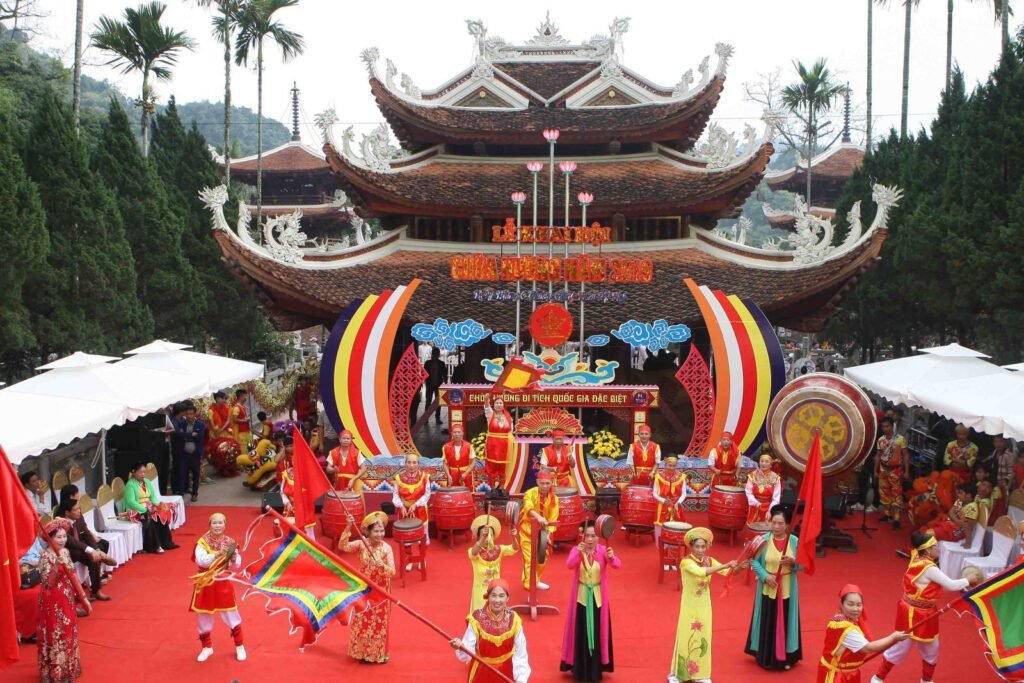

🇻🇳 Delve into the depths of Vietnamese Culture!!
5. Temple Etiquette for Visitors
Dress Modestly and Respectfully
Visitors should wear clothing that covers shoulders and knees. Modesty is key to respecting the sacredness of these spaces.
Remove Shoes and Hats
Always remove footwear before entering Vietnamese temples/pagodas, as this is a gesture of respect. Hats should also be taken off when stepping inside.
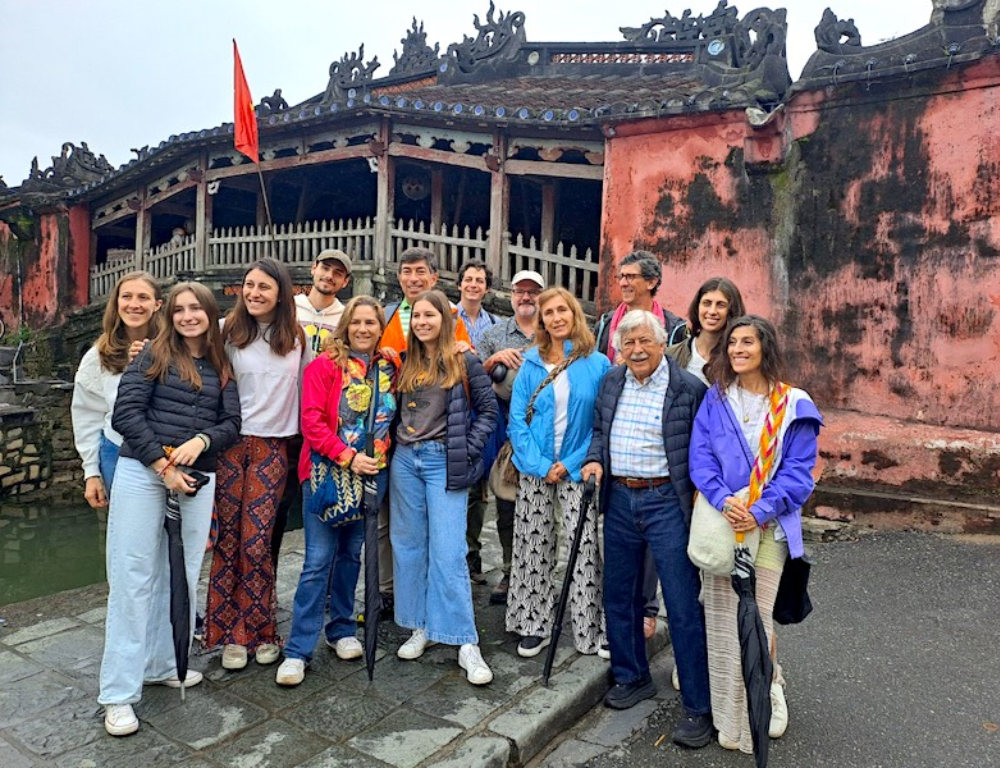

Avoid Loud Conversations and Gestures
Temples are places of quiet reflection. Speak softly and refrain from disruptive behavior to maintain their peaceful ambiance.
📸 Immerse yourself in Vietnam’s captivating culture. From ancient temples to vibrant festivals, there’s something for everyone. | Contact us via WhatsApp or follow Sun Getaways Travel Fanpage for personalized trip planning. Or follow these posts to explore the cultural wonders of Vietnam:
6. Best Times to Visit Vietnamese Temples
Lunar New Year (Tet Festival)
Tet is the most significant celebration in Vietnam. Temples are adorned with vibrant decorations, and locals gather to pray for blessings in the new year.


Full Moon Days
On full moon nights, temples host special Buddhist ceremonies, offering a unique spiritual experience for visitors.
Explore: Unveiling Vietnamese Culture: Traditions, Etiquette & Festivals for Travelers
Mid-Autumn Festival
During this festival, temples glow with lanterns, creating a magical setting. Families come together to honor the moon and share sweet treats.


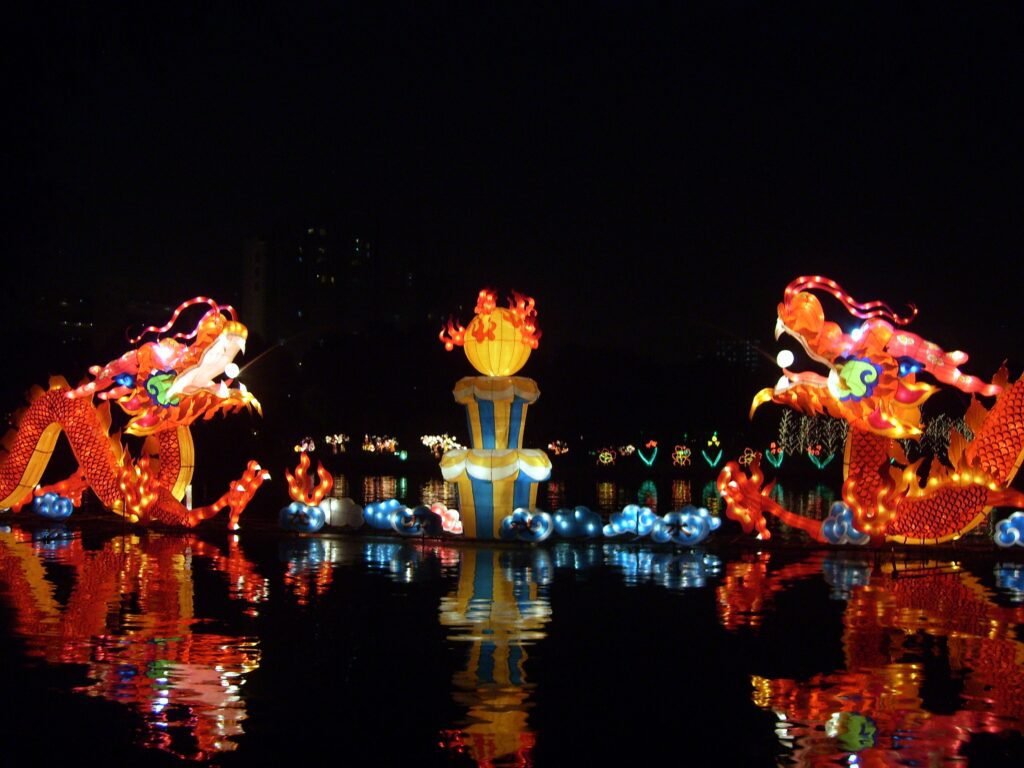

🔥 Don’t know what to pack for your trip to Vietnam? Our comprehensive Vietnam Packing List has you covered!
7. Hidden Gems: Lesser-Known Temples
Linh Phuoc Pagoda (Da Lat)
Nicknamed the “Mosaic Temple,” Linh Phuoc is a visual feast made of recycled glass and ceramic pieces. Its vibrant colors and unique textures leave visitors in awe.


Tam Chuc Pagoda (Ha Nam)
Tam Chuc is a rising star in Vietnam’s spiritual tourism. Surrounded by lakes and mountains, it’s a serene getaway for those seeking tranquility.
Cao Dai Temple (Tay Ninh)
This colorful temple is the center of Caodaism, a unique Vietnamese religion that blends Buddhism, Christianity, and Taoism. Its eclectic architecture is unlike any other temple in the country.




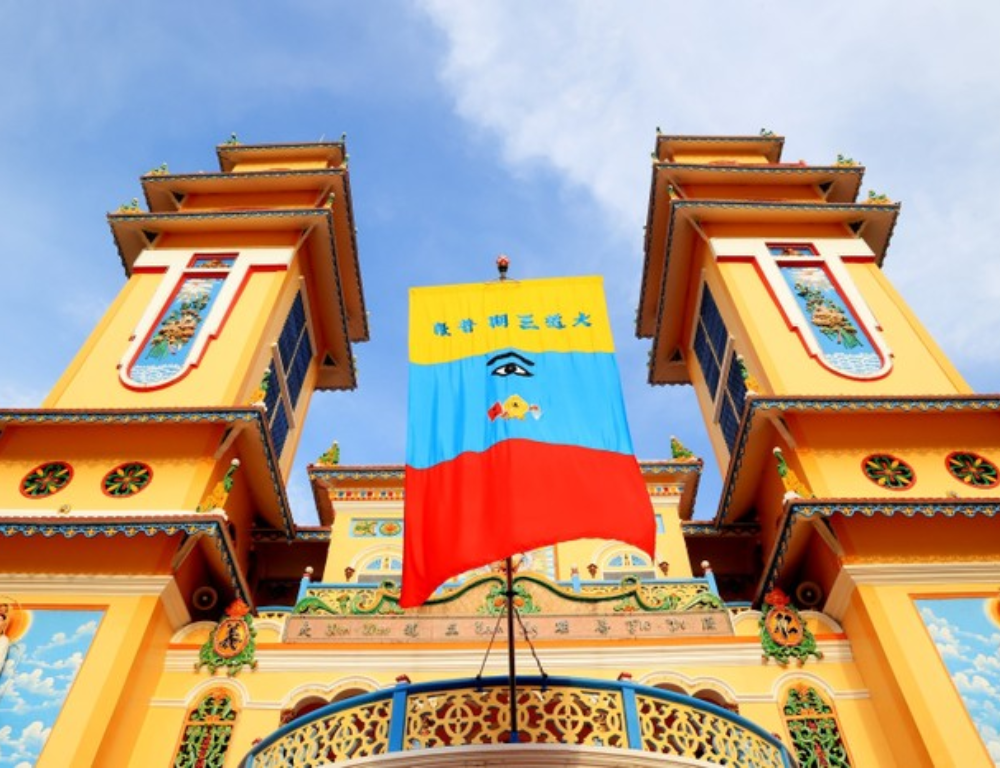

8. How to Plan Your Temple Tour in Vietnam
Tips for First-Time Travelers
- Research the cultural and historical significance of each temple you plan to visit.
- Carry essentials like water, sunscreen, and a hat to stay comfortable.
- Respect local customs and engage with guides to enhance your experience.


Recommended Itineraries
- North Vietnam: For a captivating journey through history and spirituality, explore the iconic Temple of Literature in Hanoi, a revered center of learning. Continue your exploration by visiting the majestic Bai Dinh Pagoda, one of Vietnam’s largest Buddhist complexes, offering breathtaking views and serene surroundings.
- Central Vietnam: Discover the serene beauty of Thien Mu Pagoda, a symbol of Hue’s imperial heritage. Delve into the rich history of the region by visiting nearby imperial tombs and relics, gaining insights into the lives of Vietnam’s emperors.
- South Vietnam: Embark on a spiritual adventure in Ho Chi Minh City by visiting the Jade Emperor Pagoda, a stunning Taoist temple adorned with intricate carvings and vibrant colors. For a truly unique experience, explore the Cao Dai Temple, a fascinating syncretic religion that blends elements of Buddhism, Taoism, Confucianism, and Christianity.



🔥 You might want to check out Hanoi Old Quarter: A Guide to Its Hidden Alleys & Historic Charm
9. FAQs
- What is the best time to visit Vietnamese temples?
Lunar New Year and full moon days are ideal for experiencing vibrant temple ceremonies. - Are there dress codes for visiting Vietnamese temples?
Yes, modest attire covering shoulders and knees is required. - Can non-Buddhists visit Vietnamese temples?
Absolutely! Temples are open to everyone, regardless of their faith. - Do Vietnamese temples charge entrance fees?
Some temples may charge a small fee, while others are free to enter. - Are guided tours available for temple visits?
Yes, many agencies offer guided tours that provide historical and cultural insights.
10. Conclusion
Vietnam’s temples are more than just places of worship; they are living chronicles of the nation’s spiritual and cultural journey. Whether you’re seeking inner peace, architectural inspiration, or a deeper understanding of Vietnamese traditions, these temples offer an unforgettable experience. Don’t just read about them—pack your bags and explore the spiritual heart of Vietnam.
Experience Vietnam like never before with Sun Getaways Travel. Our all-inclusive trips cover every detail, from accommodations and transportation to unforgettable experiences, depending on your interests (Our Customized Private Tour for each customer to Vietnam 🇻🇳). Ready to embark on your next adventure?
Ask a question
Leave a Comment (0)
No questions yet. Be the first to ask a question!




















